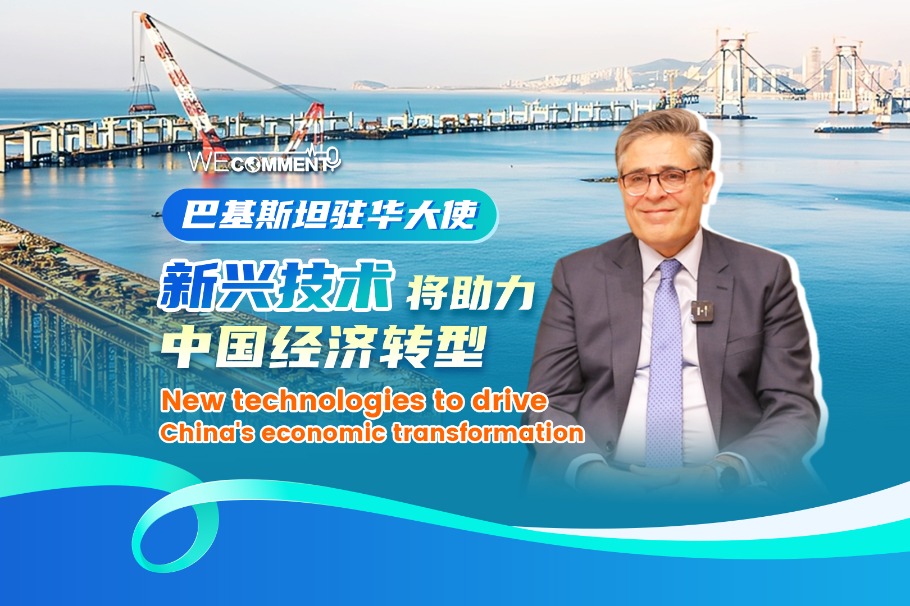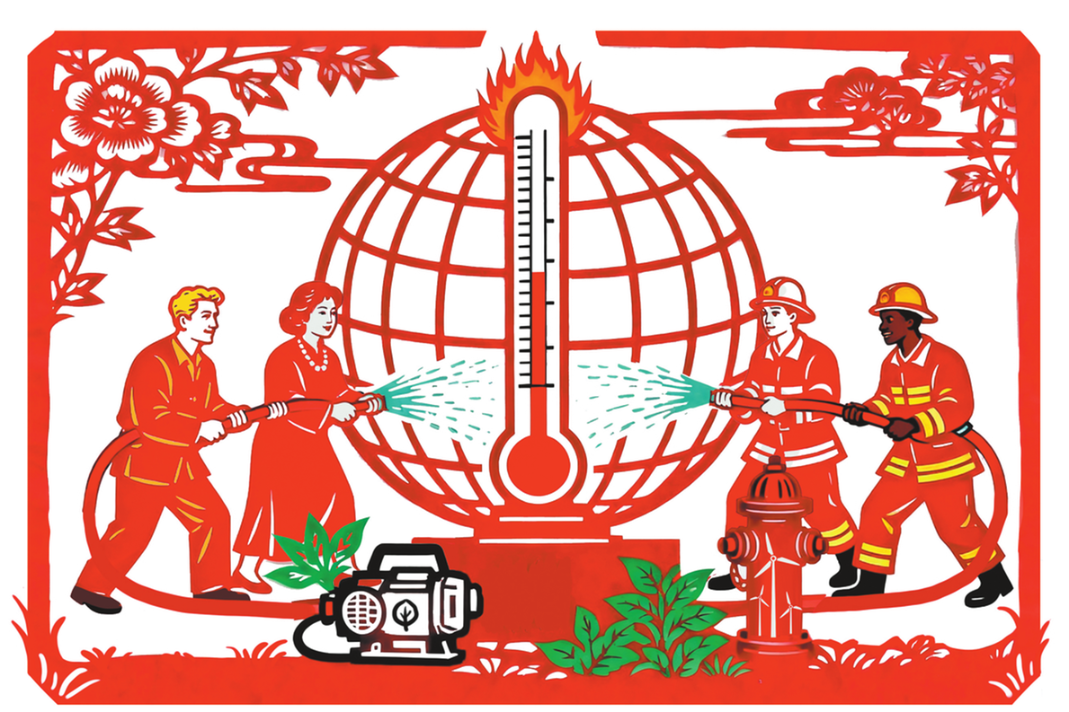Innovation entails coordinated policies in related fields


Editor's note: China intends to pursue the integrated development of education, science and technology and human resources in the 15th Five-Year Plan (2026-30) period. The Beijing News spoke to Xiong Zhang, a professor at the School of Computer Science and Engineering of Beihang University, on how integration can be advanced in these areas. Below are excerpts from the interview. The views don't necessarily represent those of China Daily.
To foster indigenous technological innovation, the country needs a national-level coordination mechanism to align policies and resources to advance the integrated development of education, science and technology and human resources.
The first priority is to break down the institutional barriers. Fragmented responsibilities and a lack of unified coordination often result in departments acting independently. Going forward, it is anticipated that the central authorities will establish a high-level mechanism to promote collaboration across sectors.
The second priority is to make resource allocation more efficient. Funding, facilities and equipment have traditionally been managed by separate bodies. In the future, there should be greater collaboration and openness in the allocation of resources.
For instance, an artificial intelligence experience center could be built within a region and opened to all students and the public through a reservation system. Establishing an effective mechanism for sharing and developing resources will be crucial for improving efficiency.
A key challenge is bringing the facilities of universities, research institutes and enterprises under a unified system. These entities should not function in isolation but collaborate with each other and share their resources.
Many new drivers of economic growth and technological breakthroughs now come from private enterprises. Therefore, resource allocation and policy support should be tilted toward them to ensure that the development of scientific and technological talent keeps pace with innovation, and that education truly serves these enterprises.
A third key area is reforming the evaluation system so that contribution is the primary criterion. China needs to develop a more scientific approach to evaluating the achievements of research institutions, universities and individuals.
Excessive emphasis is still placed on research publications and academic credentials. The quantity of research findings is often valued more than the quality of the results. Some truly valuable research outcomes, especially at the basic level, are not sufficiently supported. There is a need to develop and implement an evaluation system that takes into account the application of research results.
Talent evaluations also tend to overemphasize qualifications and titles, which do not necessarily reflect the real contribution of the individual. The evaluation of individuals should be based on their actual contributions.
Finally, China needs mechanisms that enable two-way and multidirectional mobility of talent. Right now, the talent flows between universities and enterprises face some difficulties. Universities and research institutes have large numbers of highly educated and qualified professionals, while enterprises generally have fewer such experts. If enterprises are to become the main drivers of innovation, more university talent must flow to companies.
And although some academicians have moved to industry, the reverse flow from enterprises to universities is not so common and far more challenging. Building effective two-way and multidirectional mobility mechanisms will therefore be essential for China to develop globally influential centers of education, science and technology and talent. Meanwhile, the research in some universities tends to be detached from the requirements of the real economy.
It would be difficult to achieve the integrated development of education, science and technology and human resources without coordination between research institutes and universities on the one hand and enterprises on the other.


































